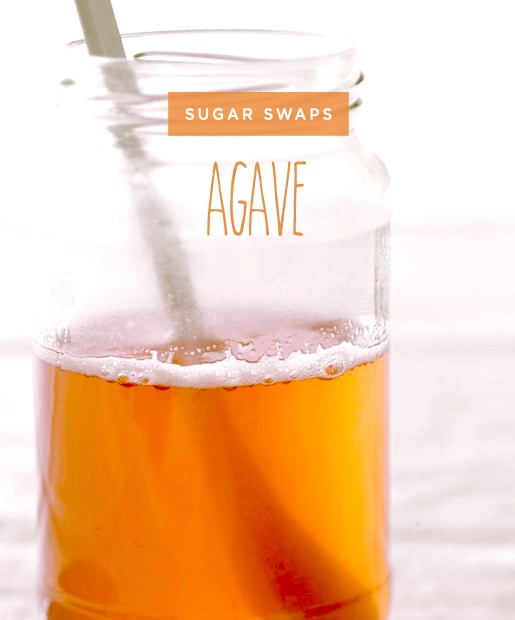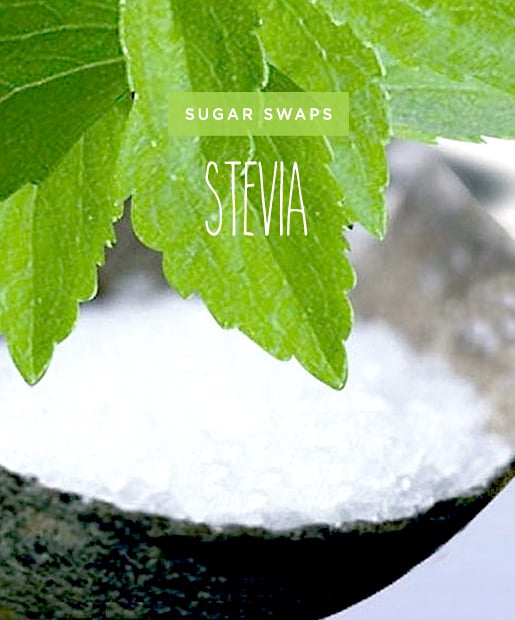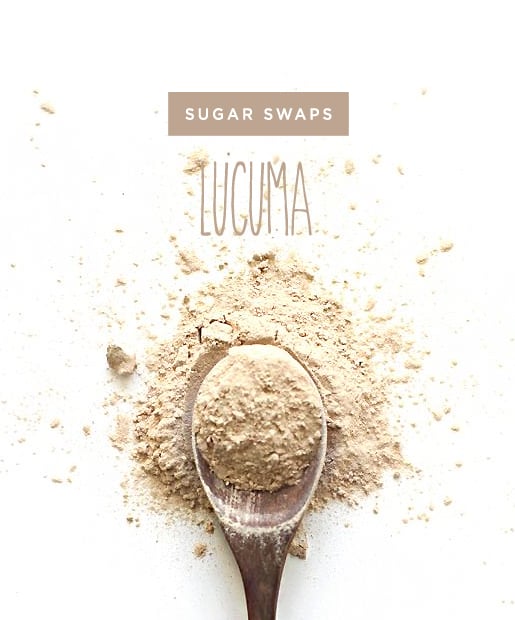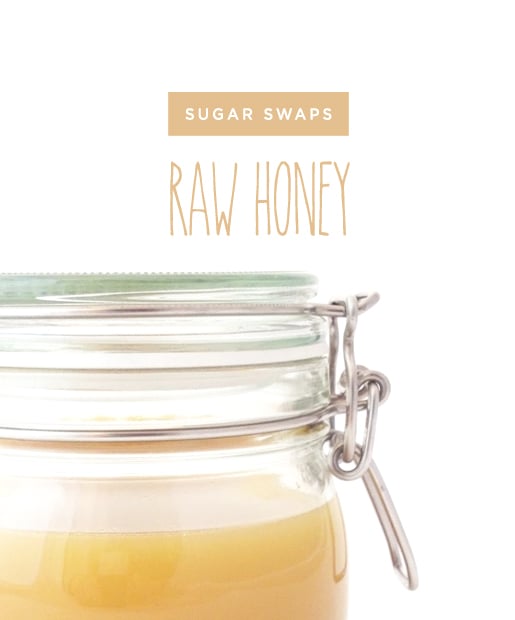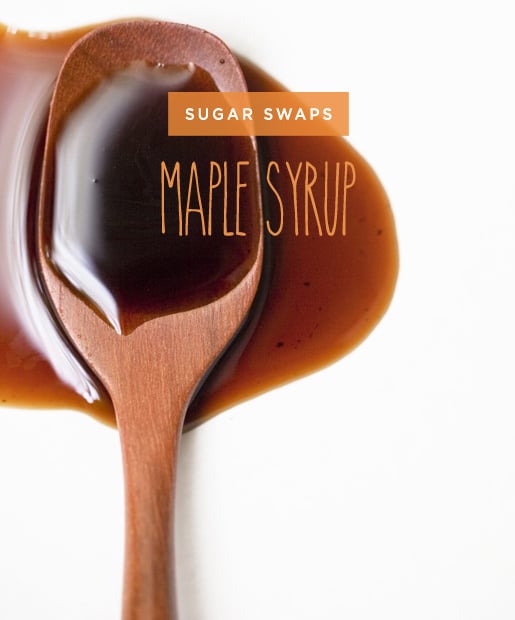Agave syrup is made from the sap of a cactus plant -- the same sap that is fermented and distilled to make tequila. It has a flavor similar to honey and is 1.5 times sweeter than sugar. Although agave has an extremely low-glycemic index, teaspoon to teaspoon, it is also higher in calories and contains more fructose than sugar.
Forms: Raw syrup, light syrup (less heating, more filtering), and dark syrup (less filtering, leading to a richer maple taste)
Uses: Sweetening tea, coffee, and smoothies, making ice cream, and baking. When baking, be sure to modify the amount of oil you use (because of agave's liquid form) and use 2/3 cup agave per 1 cup sugar.
Glycemic Index: 15
Forms: Raw syrup, light syrup (less heating, more filtering), and dark syrup (less filtering, leading to a richer maple taste)
Uses: Sweetening tea, coffee, and smoothies, making ice cream, and baking. When baking, be sure to modify the amount of oil you use (because of agave's liquid form) and use 2/3 cup agave per 1 cup sugar.
Glycemic Index: 15
Stevia is actually 300 times sweeter than sugar. This herb has been used as a sweetener for centuries in South America, and it's even said to aid digestion. Stevia has zero calories and measures a big fat zero on the glycemic index. However, it does have a slight aftertaste, which may take some getting used to. (No such thing as a free lunch, right?)
Forms: Powder and liquid extract
Uses: Sweeten your coffee, tea, and smoothies. You can use it for baking, but you need to make adjustments for the lack of moisture and bulk (since you would use a smaller quantity of stevia than sugar to get the same amount of sweet taste). 1 cup of sugar equals 24 packets of powdered stevia, or 2 1/2 teaspoons of stevia liquid. If baking with stevia, it's best to use a recipe that's actually intended to use the stevia substitute rather than regular sugar.
Glycemic Index: 0
Forms: Powder and liquid extract
Uses: Sweeten your coffee, tea, and smoothies. You can use it for baking, but you need to make adjustments for the lack of moisture and bulk (since you would use a smaller quantity of stevia than sugar to get the same amount of sweet taste). 1 cup of sugar equals 24 packets of powdered stevia, or 2 1/2 teaspoons of stevia liquid. If baking with stevia, it's best to use a recipe that's actually intended to use the stevia substitute rather than regular sugar.
Glycemic Index: 0
Lucuma powder is made from the Peruvian lucuma fruit (also called "eggfruit"), and is rich in minerals such as iron, zinc, potassium, calcium, magnesium, vitamin B3, beta carotene, and fiber. One tablespoon of white sugar contains 14 g of sugar calories, while one tablespoon of lucuma only contains 2 grams (although it still has 60 calories overall). The powder tastes a bit like maple syrup.
Form: Powder
Uses: Sweeten beverages, smoothies, and cereal or yogurt. You can also substitute it directly (1:1 ratio to sugar) in baking recipes, especially if brown sugar is called for.
Glycemic Index: 25
Form: Powder
Uses: Sweeten beverages, smoothies, and cereal or yogurt. You can also substitute it directly (1:1 ratio to sugar) in baking recipes, especially if brown sugar is called for.
Glycemic Index: 25
Raw, unprocessed honey (avoid those processed honey bears!) is rich in antioxidants, enzymes, amino acids, minerals, and phytonutrients. With a much lower-glycemic rating than table sugar, raw honey is a great alternative sweetener. It has more calories than sugar, but because it is sweeter, you can use less. Try the raw honey with the comb on top -- it's awesome!
Forms: Comb honey and chunk honey (without the comb)
Uses: Sweeten tea, smoothies, cereal and oatmeal.
Glycemic Index: 30
Forms: Comb honey and chunk honey (without the comb)
Uses: Sweeten tea, smoothies, cereal and oatmeal.
Glycemic Index: 30
Maple syrup isn't exactly the healthiest of sugar alternatives since it's still highly processed, but compared to white sugar, it does not trigger a blood glucose spike the way refined sugar does. The syrup is high in zinc and manganese. Calorie-wise it's comparable to sugar, but because of its sweeter taste, you only need to use 2/3 cup of maple syrup per 1 cup sugar. Be sure you're buying pure maple syrup, not anything that's been cut with high fructose corn syrup!
Form: Syrup
Uses: Sweeten smoothies, yogurt, oatmeal, and pancakes (duh). You can also substitute maple syrup in baking, but reduce the amount of liquids in the recipe to compensate. 3/4 cup maple syrup equals 1 cup sugar.
Glycemic Index: 58
Form: Syrup
Uses: Sweeten smoothies, yogurt, oatmeal, and pancakes (duh). You can also substitute maple syrup in baking, but reduce the amount of liquids in the recipe to compensate. 3/4 cup maple syrup equals 1 cup sugar.
Glycemic Index: 58


